Pink October: was created to raise awareness about the importance of cancer prevention. Discover some technological advances to combat the disease
The Pink October campaign was born in the 1990s, in the United States, as a way to raise awareness about breast cancer: a disease that affects more than 2 million people per year, in Brazil alone.
The sooner it is discovered, the better. Although there is no cure, there is treatment – depending on the stage of the cancer – which may involve chemotherapy, radiotherapy and surgery.
Find out more about the campaign in our article: Pink October: what is it, how did it come about and why is it so important?
Only those who have faced this battle up close – themselves or those close to them – know the real condition of the situation. And to give us a little more hope, we selected these
12 technological advances that help fight cancer.
1 – App to precisely contour tumors

A software to accurately contour the shape of head and neck cancer tumors. Trained doctors have demonstrated in studies how to make widely varying assessments of tumor size.
The application allows oncologists to direct treatment radiation more precisely, especially in the most critical cases of this type of cancer, avoiding vulnerable tissues close to the region.
2 – Artificial Intelligence for dermatologists and prostate cancer

A team from Germany, France and the United States has developed an Artificial Intelligence (AI) system capable of diagnosing skin cancer more accurately than dermatologists themselves.
According to the study, the software was able to accurately detect cancer in 95% of images of cancerous spots and benign spots, while a team of 58 dermatologists had only 87% accuracy.
Chinese researchers have developed an algorithm capable of diagnosing prostate cancer with the same precision as a pathologist.
Hongqian Guo, from Nanjing University and leader of the research, said: “This will help pathologists make better and faster diagnoses, and eliminate the day-to-day variation in judgment that can creep into human assessments.”
Does silicone prosthesis make it difficult to identify breast cancer?
3 – CIVO
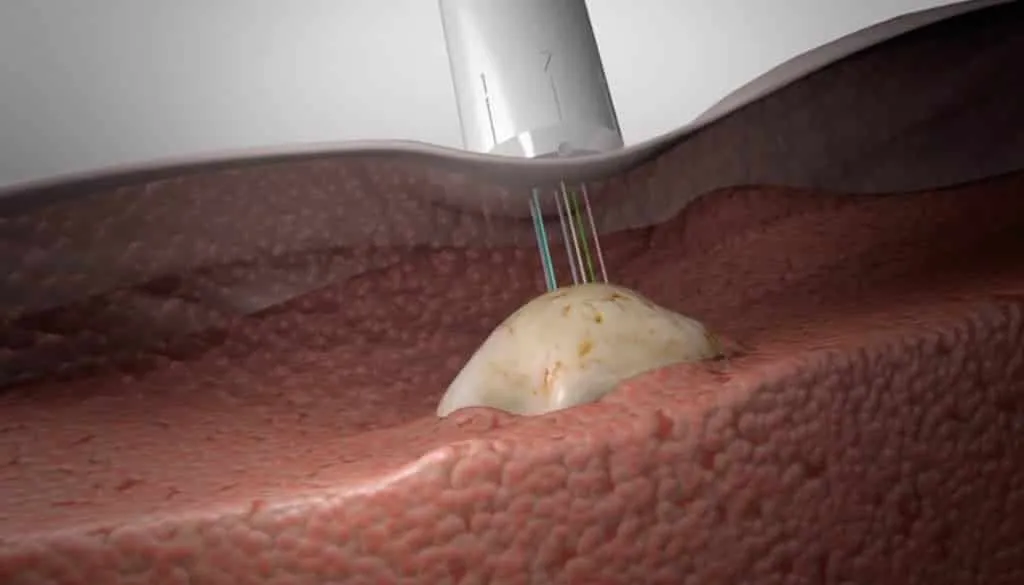
Scholars from the Fred Hutchinson Cancer Research Center and Presage Biosciences, in Seattle (USA), created a device that can inject different drugs into tumors, to test the effect of each drug and determine which one has the best treatment.
Called CIVO, the machine has (up to) 8 needles with medicine, which are injected into the tumor.
After a few days, doctors remove a piece of the tumor and examine the cells to analyze the drugs that worked to combat the tumor: those that killed the cancer cells, those that slowed their growth, and those that had no effect.
CIVO has been tested in mice, dogs and some human lymphoma patients and there have been no reports of adverse effects so far.
4 – Cell Engineering
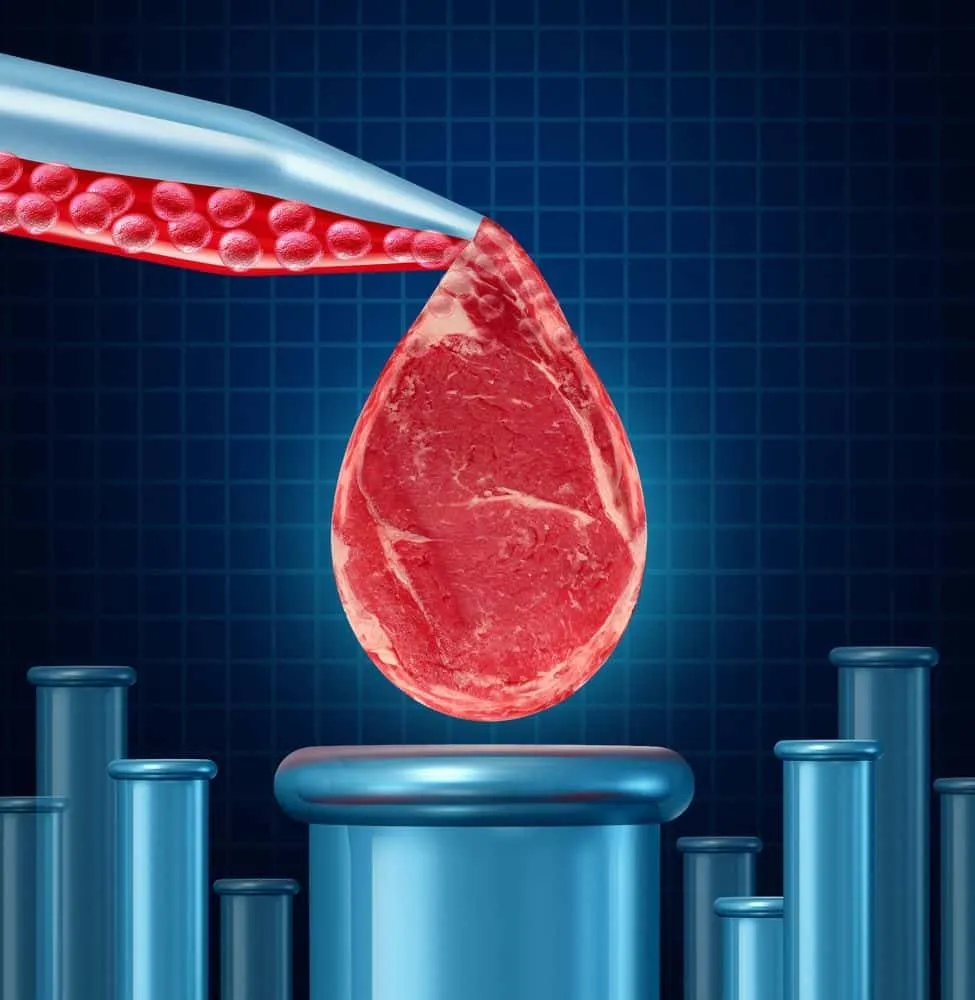
A new technology being used to combat cancer is the projection of immune cells to improve their ability to fight the disease.
According to a study published by researchers at the University College London Cancer Institute in the journal Cancer Research, gene “editing” was used to alter the DNA within cells of the immune system of mice.
Which made them resistant to a tumor unit’s ability to shut them down.
If this research is successful in humans, it will be an alternative for strengthening the immune system to combat the disease.
5 – Magnetic Resonance Imaging
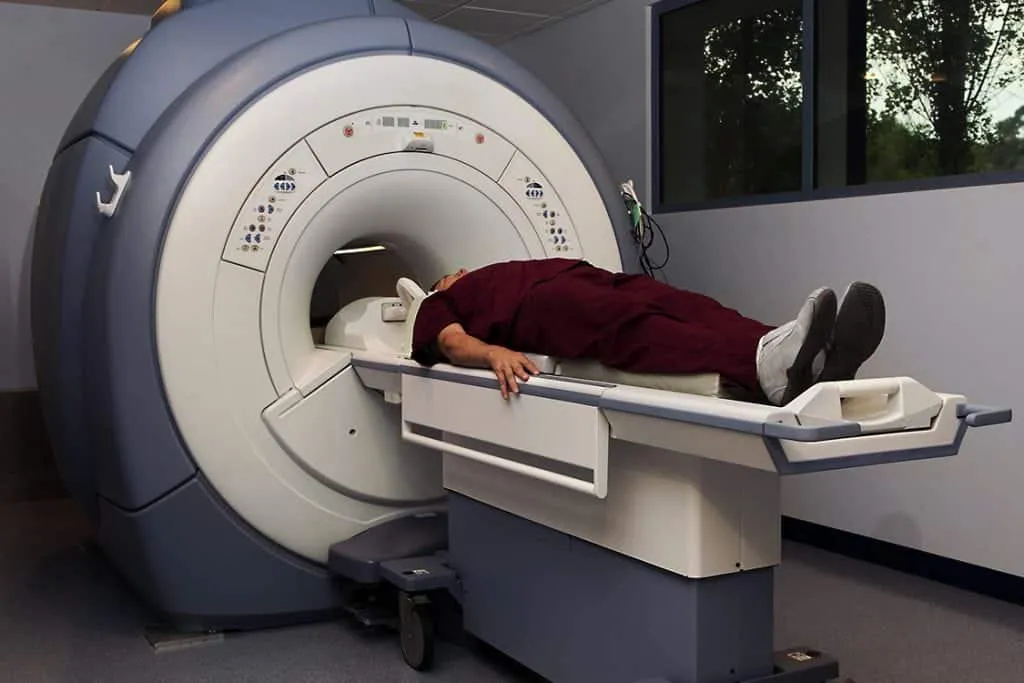
China and Japan recently approved the commercialization of ViewRay Inc’s radiotherapy machine, which bases its magnetic resonance imaging on a system called MRIdian.
This system uses cobalt radiation and software automation to provide high-quality pretreatment data.
This method allows doctors to be able to observe tissues and adjust radiation doses in real time while treatment is being carried out.
This way, doctors can align the tumor to the treatment beams and prevent other organs from being affected. The machine does not expose the patient to additional ionizing radiation. Which is common in other systems.
Furthermore, it is the only procedure on the market capable of visualizing and treating patients simultaneously.
6 – Nanorobotics
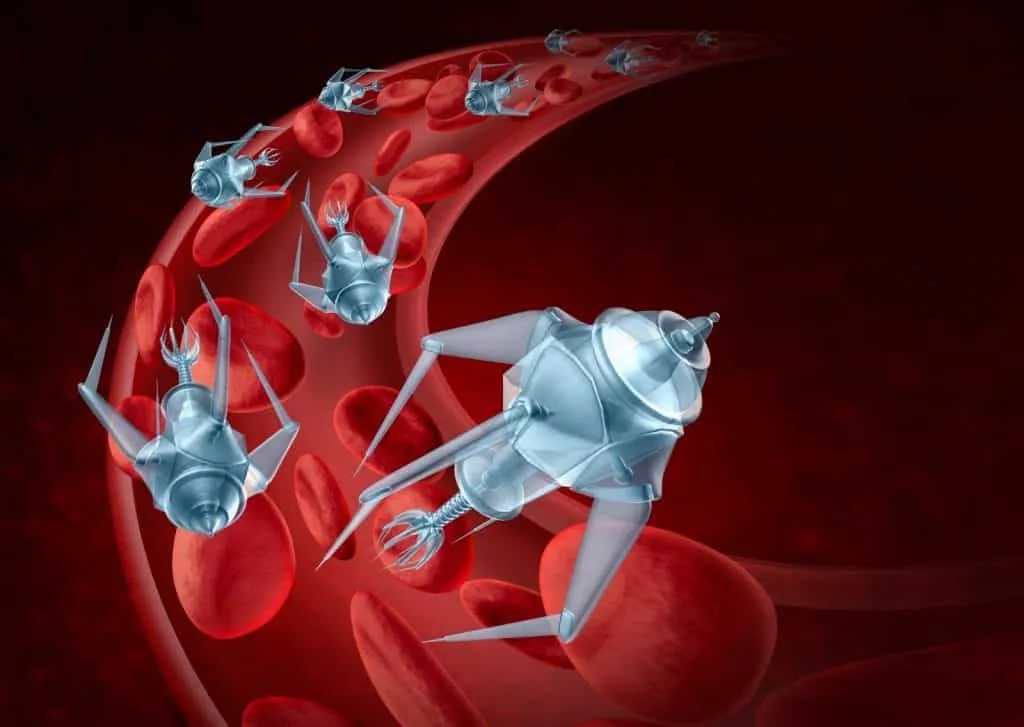
Nanobots capable of traveling through the bloodstream to attack cancerous cells in tumors with medication. This is the creation of a group of researchers from Polytechnique Montréal, the University of Montreal and McGill University.
The study, published in Nature Nanotechnology, was carried out in mice, which successfully received nanorobotic agents in colorectal tumors.
According to Sylvain Martel, director of Polytechnique: “Chemotherapy, which is so toxic to the entire human body, could make use of these natural nanorobots to move drugs directly to the target area, eliminating harmful side effects and increasing their therapeutic effectiveness. ”.
It is also important to mention the importance of research into nanorobots and supercomputers, which have been reducing the impact of research on animal life. Harming nature less by using guinea pigs for testing.
One of the projects that collaborate with this initiative is the Yokohama software, which allows the identification of colorectal cancer with up to 86% accuracy.
How to identify breast cancer with the help of lemons
7 – Successful mammogram
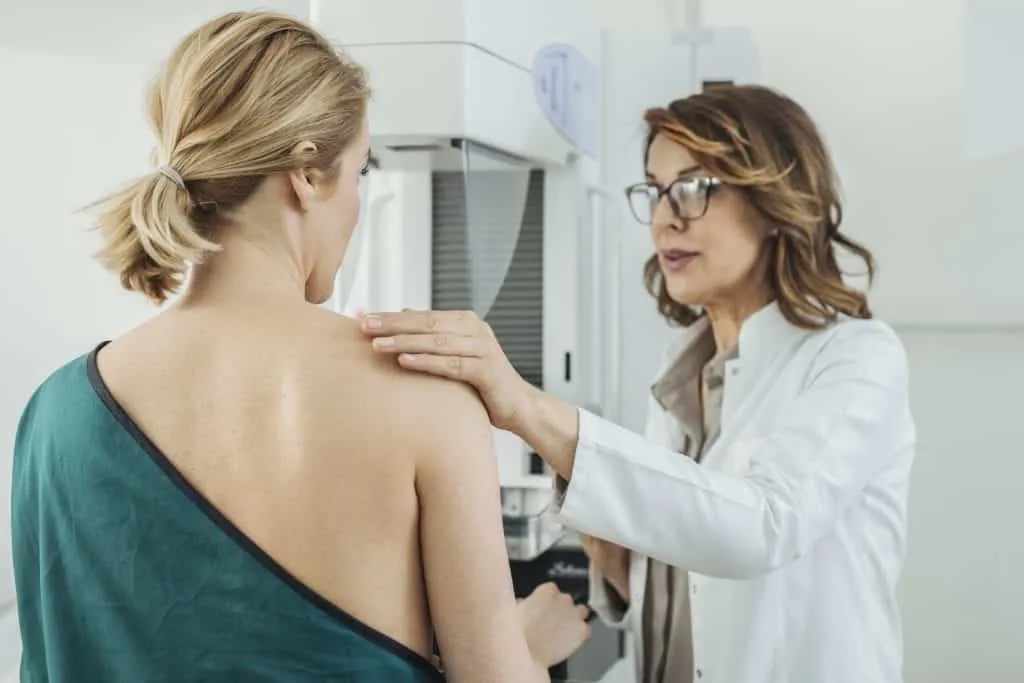
Researchers at the Houston Methodist Cancer Center (USA) have developed artificial intelligence that interprets mammogram results 30 times faster than a human, with 99% accuracy. In a study published in 2016 in the journal Cancer, scientists showed that the software is capable of considerably reducing diagnosis and patient time.
8 – CRISPR and cancer mutations
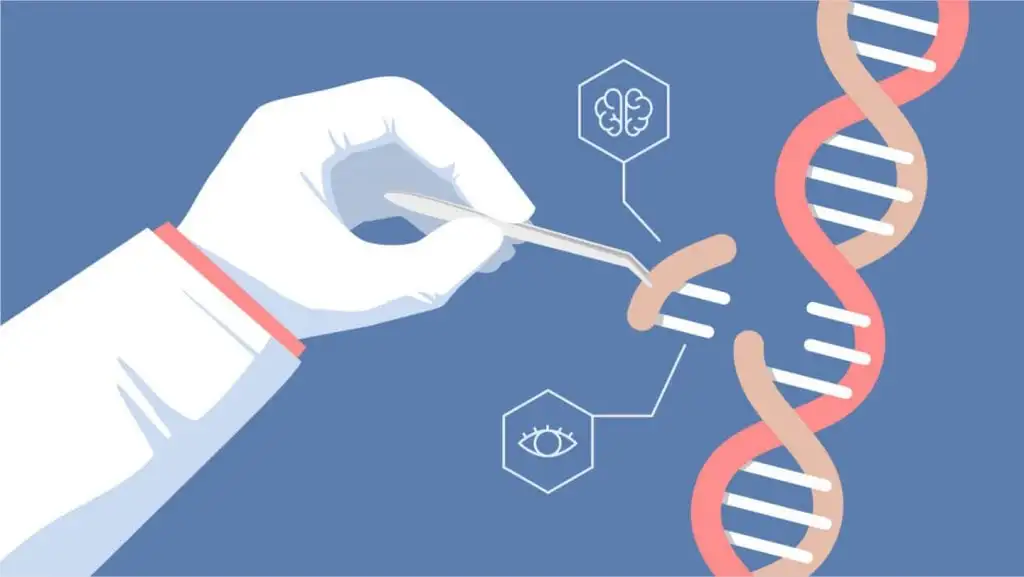
Published in the Journal of the National Cancer Institute, a study revealed CRISPR technology that diagnoses and inactivates cancer mutations. CRISPR, or clustered regularly short palindromic repeats, refers to a natural and very precise genome editing tool, based on DNA.
Currently, there are more than 500,000 cancer mutations. Researchers from the Dresden National Center for Tumor Diseases, the German Consortium for Translational Cancer Research and the Dresden University Faculty of Medicine found that more than 80% of these mutations could be targeted and eliminated with the CRISPR system, without harming cells. healthy body.
8 symptoms of breast cancer that go far beyond the lump
9 – IBM Watson
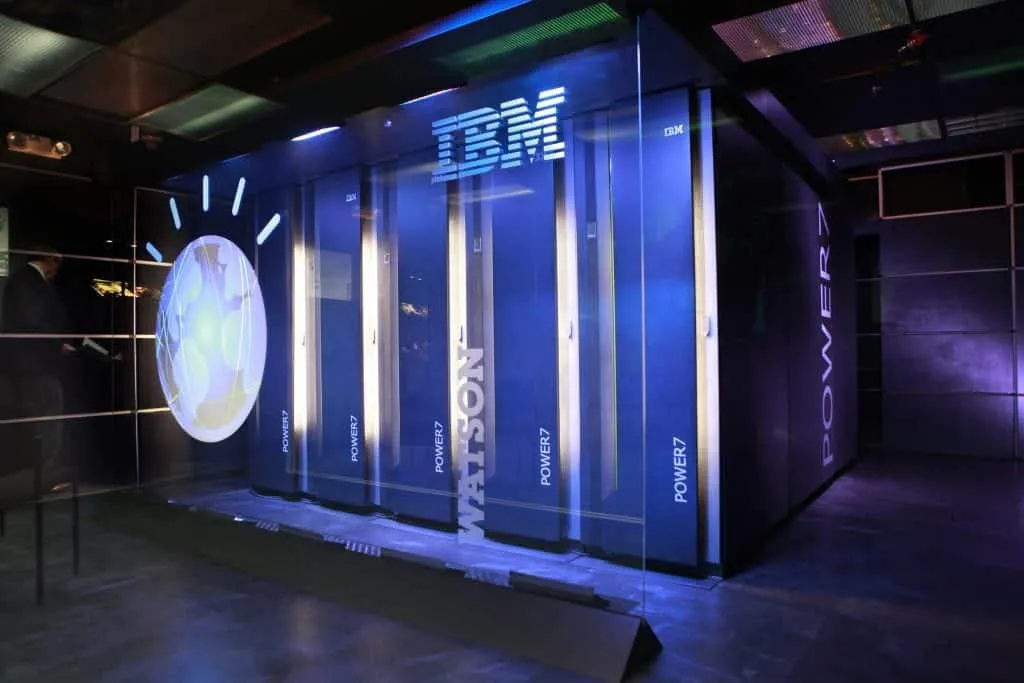
Uses the Watson Oncology system to learn and assist physicians in research and development of treatment plans.
Clinicians and analysts at Memorial Sloan Kettering Cancer Center in New York (USA) have been working with the company since 2014, training AIs to “interpret clinical information from cancer patients and identify individualized, evidence-based treatment options.”
This also involves interpreting medical notes, laboratory results and the latest clinical research.
So oncologists anywhere in the world can access Watson and make faster, more specific treatment decisions. The software can be accessed via tablet and is now available for use in India and Thailand.
10 – Google DeepMind
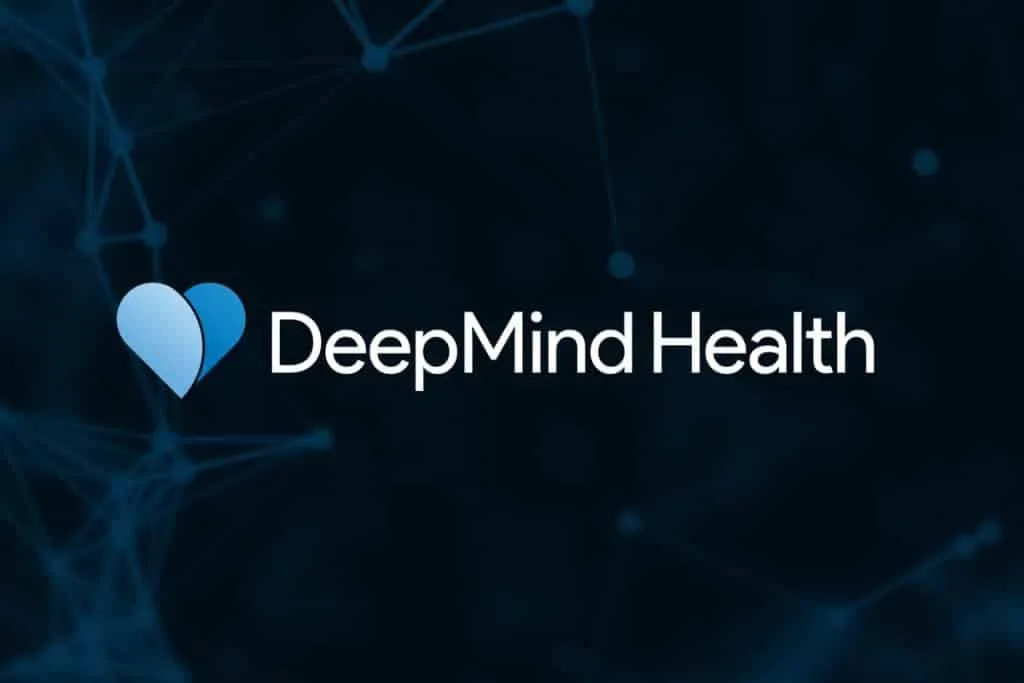
Owned by Google, in August, DeepMind formed a partnership with the University of London Hospital (UCLH) to improve radiotherapy exams used to detect head and neck cancer.
CT and MRI scans are complicated and usually take about 4 hours to create a detailed map of the areas of the body that need to be treated with radiation therapy and the areas of healthy tissue that should be avoided.
DeepMind is seeking to use machine learning to help doctors in this process, using an algorithm that automatically identifies cancerous and healthy cells. It may also be able to reduce the time needed for an accurate reading by just one hour, leaving professionals more time to spend on care, education and research.
11 – NASA
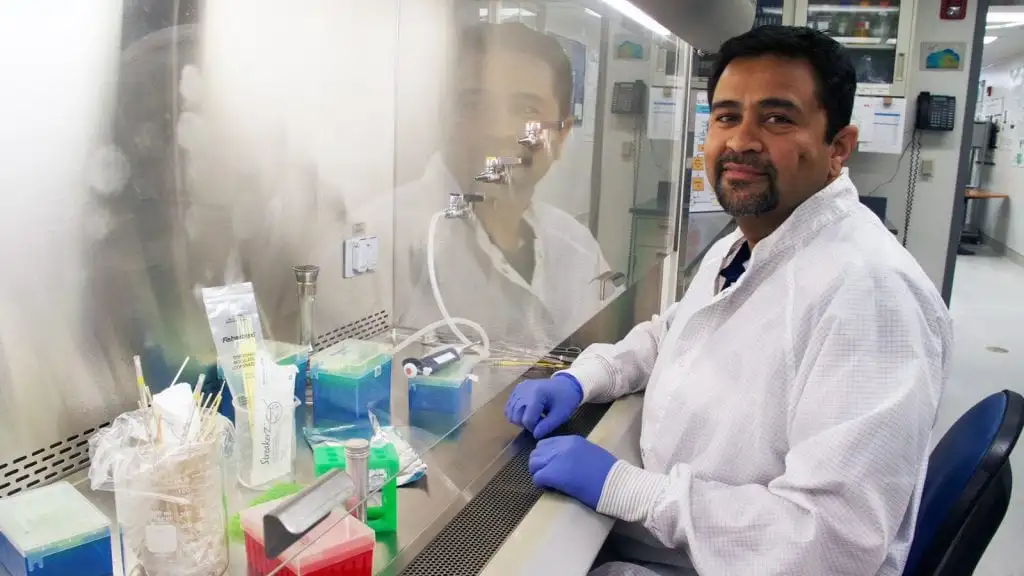
The same algorithm used to identify similarities between galaxies is also being used to analyze tissue samples for signs of cancer.
NASA’s Jet Propulsion Laboratory and the National Cancer Institute have renewed their research partnership through 2021.
This way they will be able to collect research on these biomarkers in a network, a way similar to their planetary data system, in which everyone can share information.
Thus, doctors can compare, for example, a CT scan with a file of similar images to search for early signs of cancer, based on a patient’s demographic data.
This method could be translated into new techniques for early diagnosis of cancer or cancer risk.
10 before and after people who beat cancer and started their lives over
12 – Microsoft Project Hanover
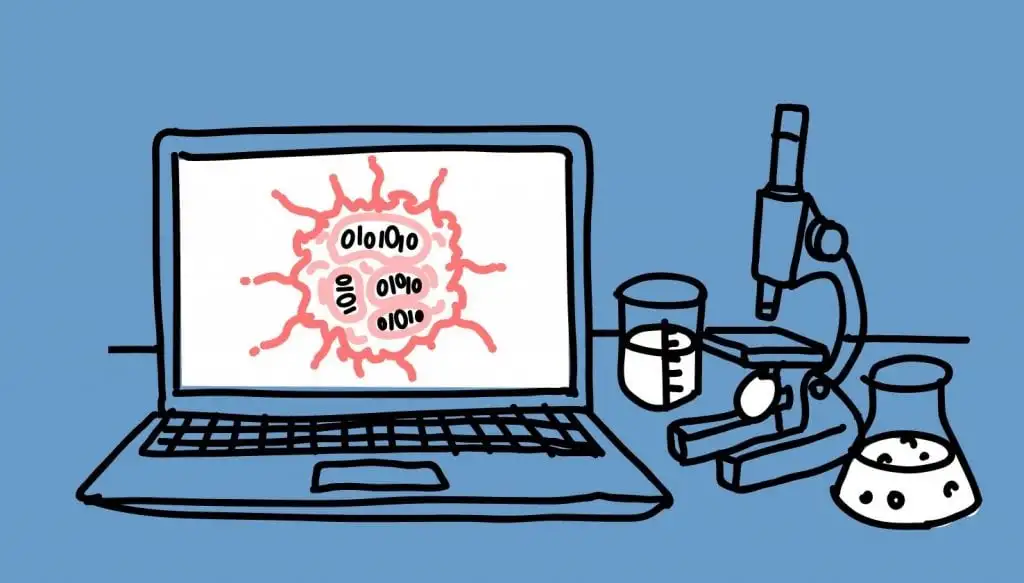
The Hanover Project has been active since 2016, through the “hands” of Microsoft. The goal is to use machine learning and natural language processing to help doctors analyze the vast amounts of new medical research published every year.
This way, they will be able to determine the best and most effective treatments, individualizing each patient. Including with the help of data in the Azure cloud.
The company is also working with the Knight Cancer Institute at Oregon Health and Science University to develop a machine learning approach that allows it to customize treatments for acute myeloid leukemia, a complex – and often fatal – type of cancer.
Source: TecMundo

Sign up for our newsletter and stay up to date with exclusive news
that can transform your routine!
Warning: Undefined array key "title" in /home/storelat/public_html/wp-content/plugins/link-whisper-premium/templates/frontend/related-posts.php on line 12
Warning: Undefined array key "title_tag" in /home/storelat/public_html/wp-content/plugins/link-whisper-premium/templates/frontend/related-posts.php on line 13




